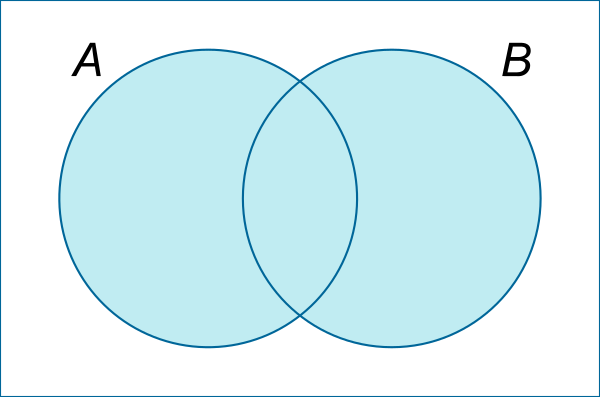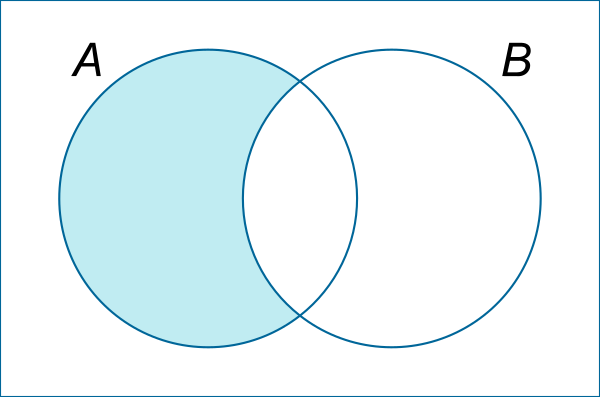Set Type
The set type is a user-defined structured type.
It allows to implement the notion of set. This notion is fundamental in mathematics.
A set intuitively denotes a collection of distinct objects (the elements of the set).
The membership relationship connects an element and a set.
E = { a, b, c } is a set.
Ea ∈ E (a belongs to E.)
Set operations
Intersection of Sets
The intersection of two sets A and B is the set of elements which are in both sets A and B.
The intersection of the two sets is written as A ∩ B.

Union of Sets
The union of two sets A and B is the set of elements which are either in A or B or in both sets AB
The union of the two sets is written as A ∪ B.

Difference of Sets
The difference of two sets A and B is the set of elements that contains exactly all elements in A but not in B.
The difference of the two sets is written as A \ B.

type
identifier = set of ordinal_type;
Declaration
A variable of type set contains a set of elements of the same ordinal type.
Syntax: declaring a set type.
type
identifier = set of ordinal_type;
Example: declaring a set type.
type
letter = 'A'..'Z';
alphabet = set of letter;
var
vowels : alphabet;
{ . . . }
vowels := ['A', 'E', 'I', 'O', 'U', 'Y'];
Operator in
The in operator corresponds to the membership relation in mathematics (a ∈ E). It produces a boolean value.
Syntax
element in some_set
Example
program example;
type
letter = 'A'..'Z';
alphabet = set of letter;
var
vowels : alphabet;
c : letter;
begin
vowels := ['A', 'E', 'I', 'O', 'U', 'Y'];
c := 'A';
if c in vowels then
writeln(c, ' is a vowel');
end.
Set operators
A set operator operates on two variables of the same set type.
It produce a result of the same set type as its operands.
Name
Union
Intersection
Difference
Symmetric difference
Mathematics symbol
∪
∩
\
Δ
Pascal operator
+
*
–
><
Comparison operators
Two sets of the same type set can be compared by examining each element of both sets.
A comparison operator produces a boolean value.
Name
Equality
Inequality
Inclusion
Mathematics symbol
=
≠
⊆
Pascal operator
=
<>
<=